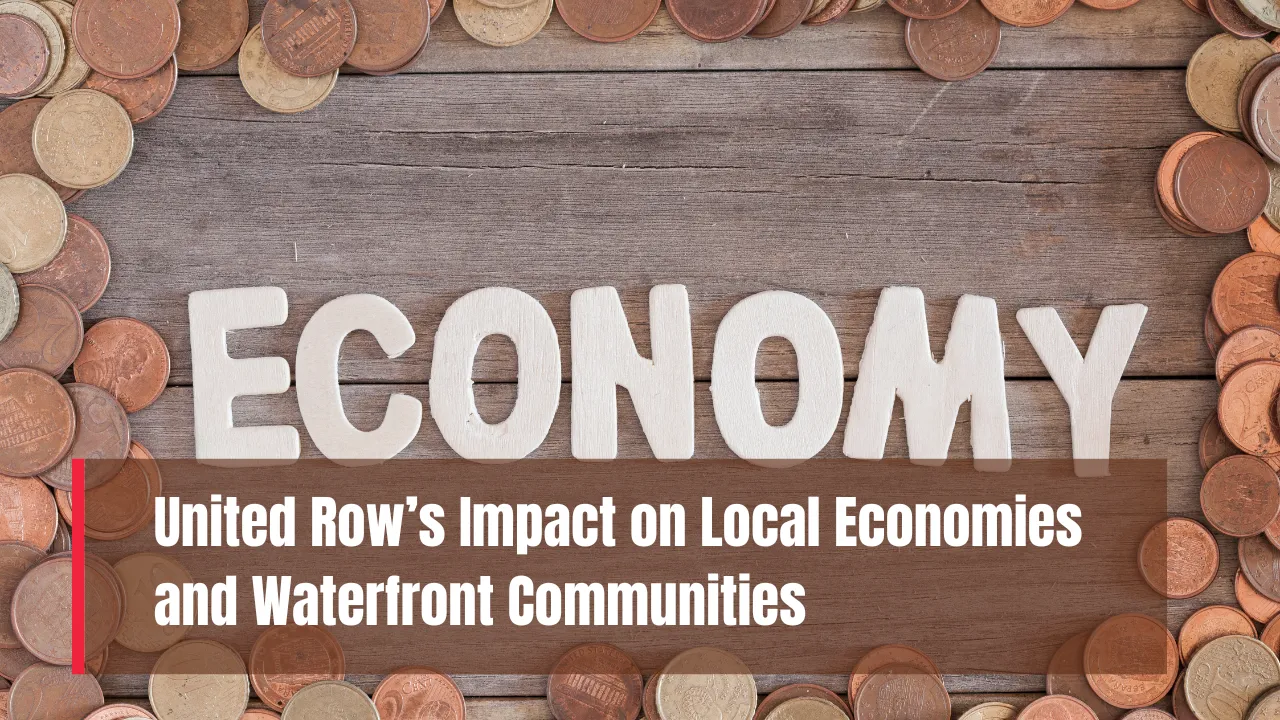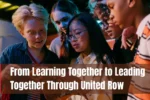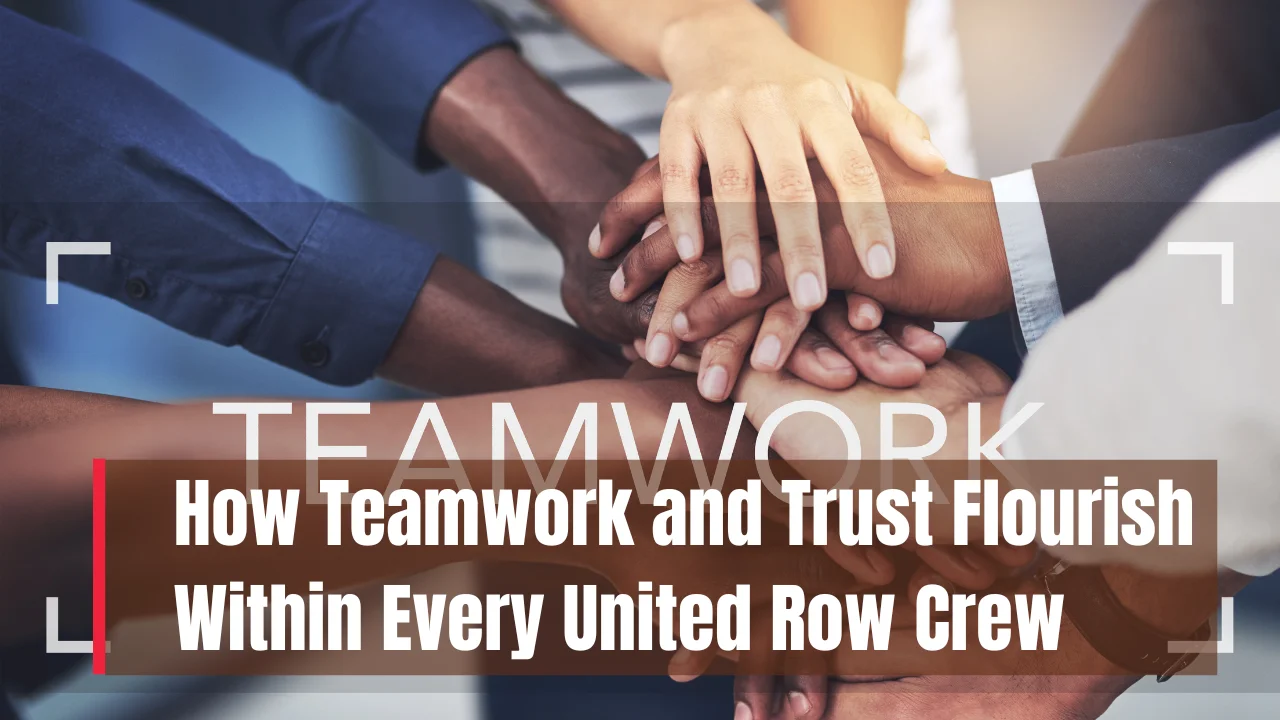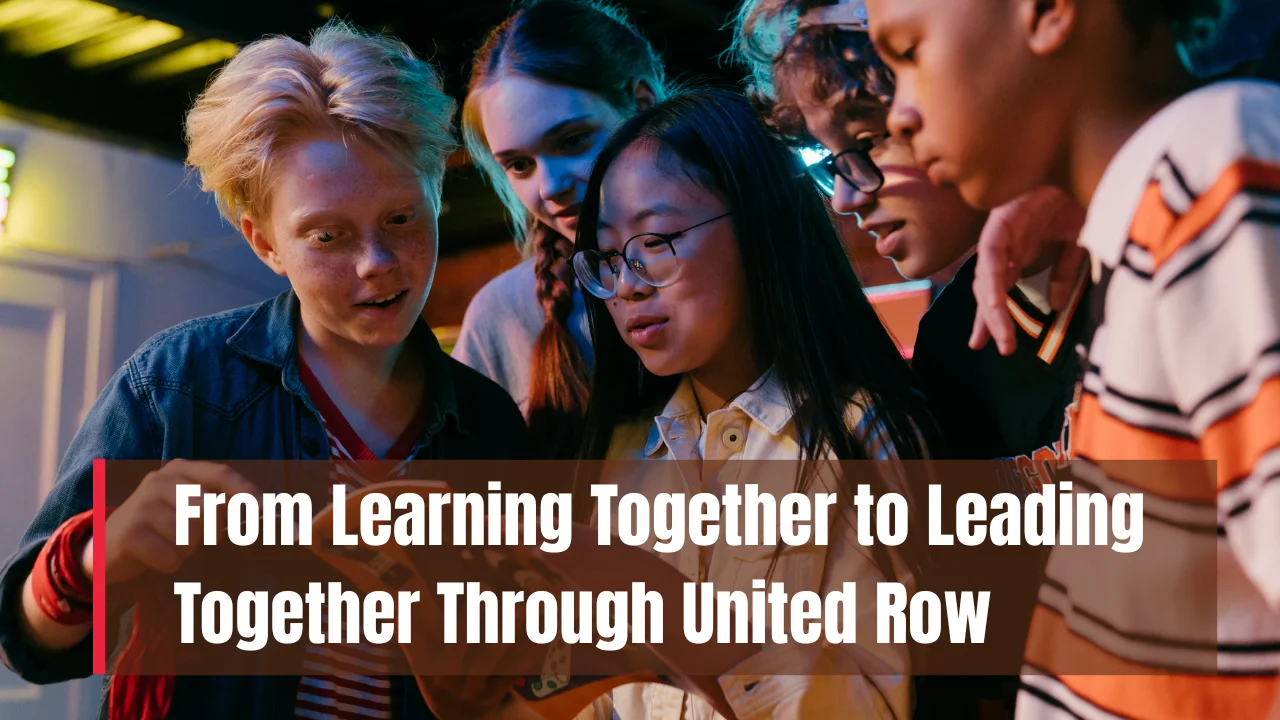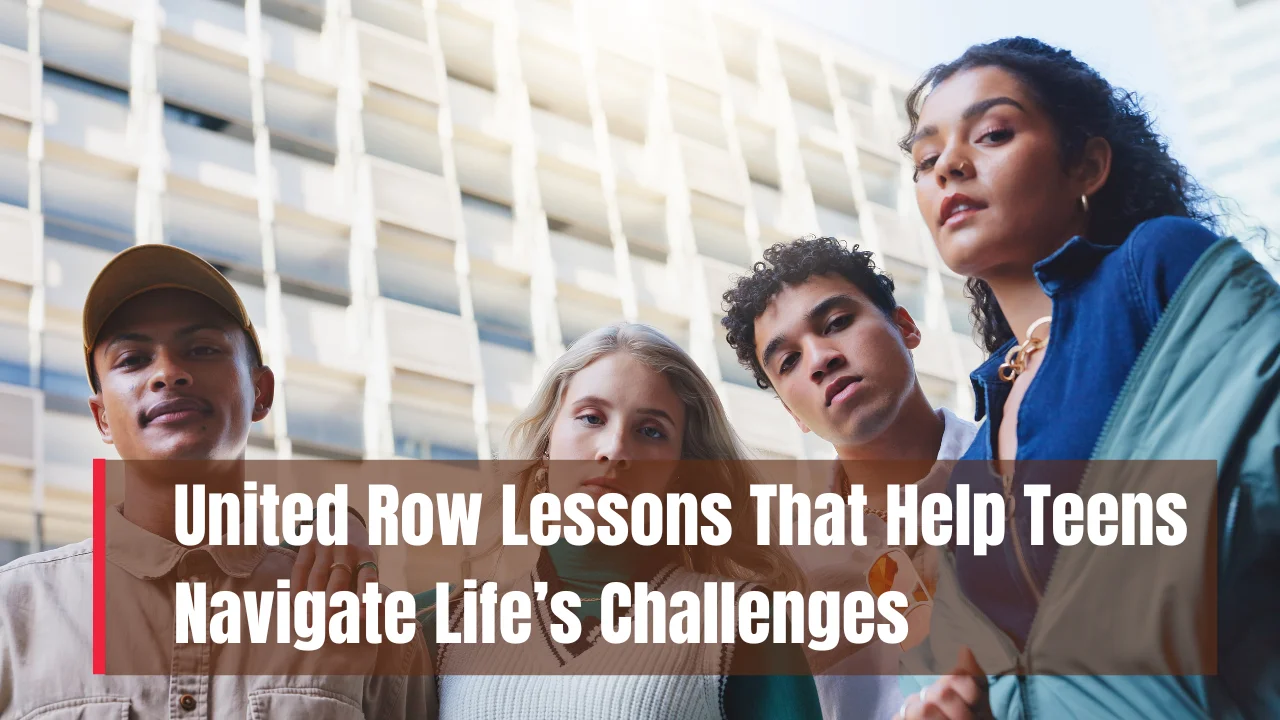United Row’s Impact on Local Economies: United Row’s Impact on Local Economies is becoming increasingly evident as cities explore new ways to breathe life into forgotten waterfronts. Once overlooked, these areas are now turning into vibrant hubs of activity, thanks to community-focused rowing initiatives that are drawing participation, investment, and attention from all angles.
More than just a sporting activity, United Row represents a shift in how communities view waterfront spaces. This article dives into the real-world benefits of this movement—from boosting local businesses and creating jobs to transforming the social and environmental dynamics of neighborhoods. We’ll explore how United Row is reshaping urban landscapes while giving waterfront communities a new sense of purpose and economic opportunity.
United Row’s Impact on Local Economies
At its core, United Row’s Impact on Local Economies lies in its ability to merge sport with sustainable growth. By activating waterfront areas with rowing facilities, events, and youth programs, these initiatives stimulate business activity, attract investment, and enhance community pride. This impact reaches far beyond rowing clubs—it touches tourism, employment, real estate, and even public health. The integration of rowing into local development strategies is showing measurable results in cities that are embracing innovation, inclusivity, and the natural assets of their geography.
How United Row Supports Local Businesses
One of the most visible signs of United Row’s Impact on Local Economies is the growth of small and medium businesses near rowing hubs. When rowing centers host training sessions, weekend activities, or large-scale regattas, they naturally attract a steady influx of people—rowers, coaches, families, and spectators.
This steady traffic supports local cafes, gear shops, transportation services, and lodging facilities. In fact, cities have reported increased demand for hospitality services during competitive rowing seasons. It’s not just limited to peak events either—daily foot traffic contributes to steady revenue for surrounding businesses. More importantly, these businesses often become long-term partners with the rowing organizations, offering discounts, sponsorships, or custom services, leading to strong public-private partnerships.
Job Creation Through Rowing Programs
A powerful outcome of United Row initiatives is local job creation. These programs offer a wide range of employment opportunities that go beyond athletics. While rowing instructors and coaches are obvious roles, each program supports a broader network of roles such as boat maintenance staff, event planners, safety personnel, administrative teams, and marketing professionals.
Events hosted by United Row, including regional regattas and training camps, require staffing for logistics, crowd control, hospitality, and more. This leads to seasonal employment spikes that are especially beneficial for students and part-time workers. Furthermore, consistent programming can lead to long-term careers in sports management, tourism, and community development—especially in areas previously lacking in employment diversity.
Revitalizing Underused Waterfront Spaces
United Row has become a proven model for waterfront revitalization in cities facing post-industrial decline or urban sprawl. In many cases, the arrival of a rowing center marks the beginning of an area’s transformation. Derelict docks are converted into vibrant training grounds. Disused industrial land is cleaned and developed into safe, scenic public spaces.
This kind of transformation not only improves the aesthetics and accessibility of waterfronts but also has a knock-on effect on property values and residential interest. As these areas become more desirable, they attract real estate investment, commercial interest, and an increase in public services—all contributing to long-term urban renewal.
Community Engagement and Youth Opportunities
A critical aspect of United Row’s Impact on Local Economies is its emphasis on inclusivity and outreach. Many rowing programs go beyond just recruiting athletes—they actively engage underserved communities through free youth clinics, school partnerships, and community events.
These programs offer young people more than just an athletic outlet. They instill discipline, collaboration, and confidence—traits that carry over into academics and employment. In some cases, standout athletes even receive scholarships or college admission opportunities, shifting life trajectories for families and communities. The presence of such programs creates a more connected and supportive local environment, which fosters long-term community engagement.
Environmental Improvements as a Result of Rowing Development
Rowing, by nature, relies on clean, accessible water bodies. That’s why community rowing programs like United Row often serve as catalysts for environmental action. Many cities have reported coordinated cleanups, shoreline restoration, and improved waste management as part of the setup and maintenance of rowing venues.
Additionally, the increased visibility of these spaces often leads to greater community awareness about water conservation, pollution prevention, and eco-friendly urban planning. As a result, environmental health becomes a shared goal among residents, officials, and rowing participants—creating a lasting impact that benefits everyone.
Top 2 Benefits of United Row for Waterfront Communities
- Boosts Local Spending: From event-day tourism to everyday program participation, rowing brings people into the local economy consistently.
- Transforms Public Spaces: Underused or neglected waterfronts become safe, active, and attractive destinations for all age groups.
Challenges and Long-Term Sustainability
Despite its many benefits, implementing community rowing programs is not without challenges. One of the biggest hurdles is securing sustainable funding. Initial investment is required for facilities, boats, safety equipment, and staffing, which can be a major barrier for smaller towns or underfunded regions.
There’s also a need to manage environmental concerns responsibly, ensure equitable access to programs, and maintain public support. Transparent planning, active community involvement, and strong leadership are key to overcoming these challenges. With these in place, the long-term sustainability of rowing programs can deliver generational economic and social returns.
FAQs
1. How does United Row help a local economy grow?
2. What kind of jobs are created by rowing programs?
3. Can small towns benefit from rowing programs?
4. Are there opportunities for kids and teens in United Row?
5. Does United Row promote environmental care?
Final Thought
United Row’s Impact on Local Economies isn’t just about sport—it’s about transformation. It’s about turning quiet shorelines into centers of opportunity. It’s about giving young people a purpose, small businesses a boost, and entire communities a renewed sense of pride and identity. Cities that embrace rowing as part of their development strategy aren’t just building teams—they’re building futures.
If your community has a waterfront waiting to be awakened, maybe it’s time to consider what United Row can do for you. Have thoughts to share? Join the conversation in the comments or explore more about how sports can drive meaningful change in your town.
